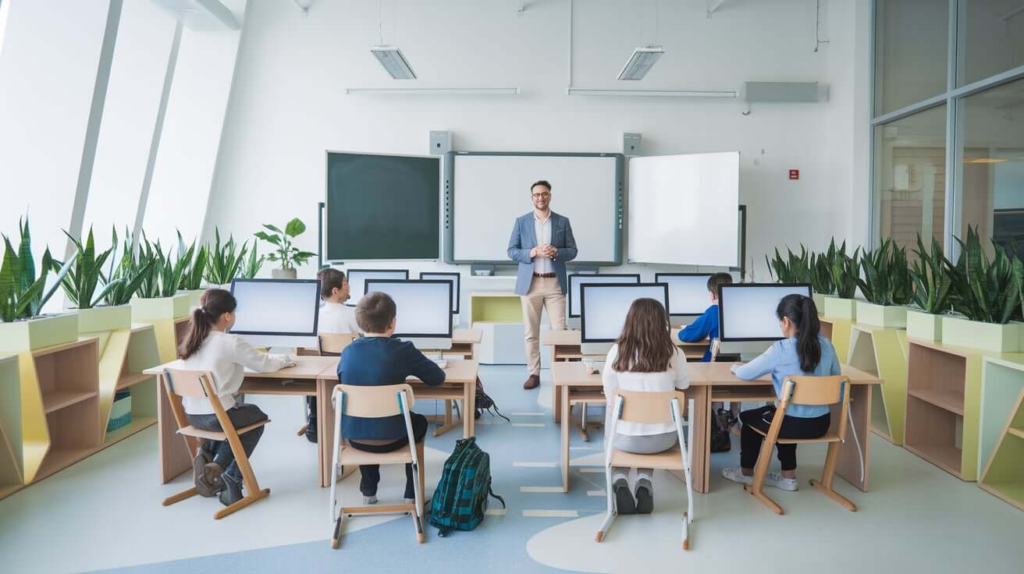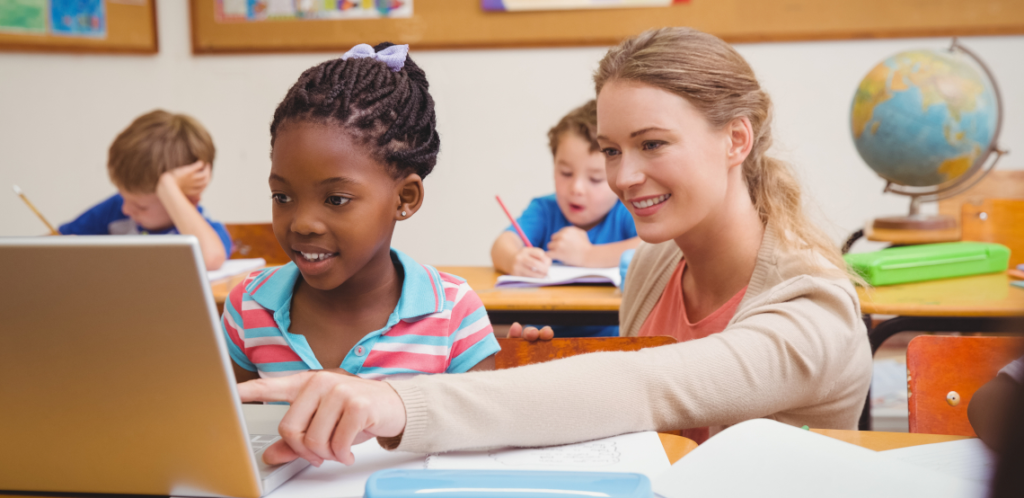Personalized learning in K-12 has been gaining attention in recent years as an effective way to improve education for all students. This approach changes the traditional way of teaching by focusing on the unique needs, strengths, and interests of each child. Instead of all students following the same lesson plan, personalized learning adjusts the teaching to help every student learn at their own pace and in their own style.
In this article, we will explore what personalized learning in K-12 means, why it is important, how it works, and what challenges schools face when trying to use it. This information can help teachers, parents, and education leaders understand why this method is becoming a key part of the future of schooling.
What is Personalized Learning in K-12?
Personalized learning in K-12 is a teaching method that creates a learning experience tailored to each student. It looks at a student’s way of learning, interests, skills, speed of learning, and emotional needs. Unlike the traditional classroom, where all students follow the same plan, personalized learning creates a path that fits each individual student.
This approach often uses technology but also depends on good teaching strategies and flexible classroom practices. The goal is to make learning more relevant and effective for every student.

Why is Personalized Learning Important in K-12 Education?
Traditional education systems have faced challenges in meeting the needs of all students. Large classes, fixed lessons, and standardized tests can leave some students behind, especially those who learn differently or need extra support.
Personalized learning in K-12 helps by:
- Making learning more interesting and engaging for students.
- Helping students master subjects before moving on.
- Supporting students with different abilities, including those with disabilities or who are learning English.
- Building important skills like problem-solving, creativity, and critical thinking.
By focusing on each student’s needs, personalized learning makes education fairer and more effective.
How Does Personalized Learning Work in K-12 Classrooms?
Personalized learning can look different depending on the school. However, some common methods include:
Student-Centered Learning Plans
Teachers work with students and parents to create individual learning plans that set goals and outline how the student will learn best.
Use of Technology
Digital tools and software are often used to adapt lessons and tests based on the student’s progress. These tools can change the difficulty level to match what the student needs.
Flexible Grouping
Students are grouped in different ways based on their skills or interests. This helps them learn from each other and work on projects together.
Ongoing Assessment and Feedback
Teachers regularly check how students are doing and provide feedback to help them improve. This allows teachers to change their lessons as needed.
Student Choice and Voice
Students get to choose some topics or projects, which helps them feel more involved and responsible for their learning.
Benefits of Personalized Learning in K-12
Schools that use personalized learning have seen many positive results. These include:
- Better academic performance, such as higher test scores and improved reading and math skills.
- Improved attendance and fewer behavioral problems, since students are more interested in learning.
- Teachers feeling more satisfied with their work because they can better meet their students’ needs.
- Greater fairness, as personalized learning helps close achievement gaps between different groups of students.
Studies show that students in personalized learning environments often make faster progress than those in traditional classrooms.
Challenges in Implementing Personalized Learning in K-12
While personalized learning has many benefits, it also comes with some challenges:
- Teachers need special training to change how they teach and use new tools.
- Schools need enough money to buy technology and reduce class sizes.
- Protecting students’ privacy is important when using digital programs.
- Some teachers, parents, or students may be hesitant to try new methods.
- Without clear plans, personalized learning can be inconsistent or not very effective.
Even with these challenges, many schools find that personalized learning is worth the effort.
Examples of Personalized Learning in K-12 Schools
Several schools have successfully adopted personalized learning approaches:
- One school uses a mix of technology and teacher support to help students set their own goals and track their progress.
- Another school focuses on project-based learning where students work on hands-on projects and assessments tailored to their interests.
- A school district introduced a one-to-one technology program, giving each student a device and personalized learning plans, which improved graduation rates and test scores.
These examples show that personalized learning can work well in different settings.

The Future of Personalized Learning in K-12
As technology improves, personalized learning is likely to become even more common. Future trends may include:
- Using artificial intelligence to provide even more precise and quick adjustments to learning.
- Adding game-like features to make learning fun and engaging.
- Combining personalized learning with support for students’ social and emotional health.
- Encouraging more involvement from parents and the community to support students.
The future of education will likely focus more on meeting each student’s needs through personalized learning.
How Parents and Educators Can Support Personalized Learning in K-12
For personalized learning to succeed, parents and educators need to work together. Parents can:
- Learn about personalized learning and how it works.
- Support their children by encouraging curiosity and independence.
- Communicate regularly with teachers about their child’s progress.
Educators can:
- Keep learning new teaching methods and tools.
- Use data to guide their instruction.
- Build positive relationships with students to better understand their needs.
Working together creates a stronger learning environment for students.
Conclusion
Personalized learning in K-12 is changing the way education works by focusing on each student’s unique needs. Although there are challenges, the benefits for student engagement, achievement, and fairness are clear. Schools that use personalized learning help prepare students for success in school and in life. As this approach continues to grow, it promises an education system that fits every child better than ever before.
Do Follow USA Glory On Instagram
Read Next – Fed Payments Innovation Conference: Shaping Future Payments






